On December 30, the Australian’s business section reported that China is cutting Australian wheat imports. Meanwhile, a front-page story said that in the plan to diversify export markets because of punitive Chinese bans on Australian products, new Trade Minister Dan Tehan will prioritise a free trade agreement with India. The former elicited strongly China-hostile comments online. The latter received overwhelmingly positive responses. Thus China has become the sixth ‘C’ cementing Australia–India relations on top of colonial bonds, Commonwealth connections, comradeship in wars, curry and cricket.
There is historical depth and texture to the bilateral relationship embracing trade, government and people-to-people social relations during a shared colonial link to Britain, say Joyce Westrip and Peggy Holroyde in Colonial Cousins: A Surprising History of Connections between India and Australia. The modern Commonwealth owes its unique character as a voluntary association of former British colonies to India’s desire to retain the links despite choosing to be a republic after independence, and the willingness of Britain and others to accommodate India’s wishes.
The first non-Australian to deliver the annual Sir Donald Bradman Oration was one of India’s all-time great batsmen Rahul Dravid. Speaking at the Australian War Memorial on 14 December 2011, he said: ‘Before they played the first Test match against each other, Indians and Australians fought wars together, on the same side. In Gallipoli, where, along with the thousands of Australians, over 1,300 Indians also lost their lives. In World War II, there were Indian and Australian soldiers in El Alamein, North Africa, in the Syria-Lebanon campaign, in Burma, in the battle for Singapore’.
One of the things Dravid emphasised is Australia now defines the cricketing frontier for India’s cricketers and fans alike for whom India–Australia games are the marque contest. More recently, his predecessor and another all-time great Sunil Gavaskar made an insightful observation. India is the financial powerhouse of contemporary cricket and the Indian Premier League recruits star players, coaches and commentators from the world, with the sole exception of Pakistan. This has been immensely beneficial in breaking down barriers between players from different countries, promoting an understanding of different cricketing cultures and fostering the spirit of comradeship among the cricketing fraternity. Tony Abbott was on the mark in saying that only one in a hundred Australians would know the truth of Dravid’s speech. To underline the cultural significance of cricket in both countries, as PM Abbott made it a point to include former pace bowler Brett Lee, who has retained a presence in IPL commentary boxes and Bollywood moves since retirement, in his delegation to India.
Greg Chappell notes that, with his fierce competitiveness, on-field aggression, application, mental toughness and attention to physical fitness, India’s captain Virat Kohli is ‘the most Australian non-Australian cricketer of all time’. Kohli has spearheaded India’s rise to world dominance by channelling that inner Australian spirit and challenging his teammates to do the same. No Indian can pay Australia a higher tribute. During the 2019 World Cup, Kohli memorably produced one of the competition’s most generous gestures. In a match against Australia, the numerous and boisterous Indian fans loudly booed the return of former captain Stephen Smith to the field after the sandpaper controversy and ban from Australia’s tour of South Africa. ‘King’ Kohli turned to them, shushed them and asked them to applaud Smith instead – which they did. Indians gained much respect from Australians for picking themselves off the floor of the first test debacle in Adelaide and the setbacks of losing their talismanic captain and a strike bowler, to defeat Australia comprehensively in the Boxing Day test in Melbourne.
Starting slowly and then accelerating rapidly, Australia–India relations have deepened over the past quarter-century on many fronts. Owing both to India’s scale and the low base from which the relationship starts, India could emerge as the single most critical Indo–Pacific country for Australia in the quantum of growth in the breadth of relations and the deepening content on most dimensions of the relationship. In turn deepening Australia–India economic, security and cultural relations could prove a game-changer in the balance of power around the Indo–Pacific.
Against the backdrop of the relatively waning America power, influence, presence and role, a primary driver of the US and Australian interest in India is its potential geopolitical utility, along with Japan’s, in resisting China’s growing footprint across the region. The primary emerging threat to the rules-based regional and global orders is seen by them to be China. The world is having to readjust rapidly to the new reality of China as a global player that has begun to reject and challenge US strategic and political primacy in the Indo-Pacific. The growing Chinese military presence in the seas to Australia’s north has gradually eroded the advantages of geographical isolation and reduced the warning time we would have against an enemy.
Australia–China relations have become more complex, contested and tense in recent times and by no means does Beijing bear sole responsibility for mishandling the relationship. Australia is acutely conscious of the risks and dangers of a strategic disconnect between China as the main trading partner and the US as the leader of the Western alliance. For its part, India views China’s military build-up, security and nuclear assistance to Pakistan, and India-encircling (‘string of pearls’) policy encompassing Myanmar, Nepal, Pakistan and Sri Lanka, as aimed at confining India to the subcontinent. India has made concerted efforts to build partnerships with China-wary countries in the region and strategic partnerships with like-minded democratic nations, mainly the US, Japan and Australia. That drive will accelerate after the tense military stand-off with China in the Doklam plateau in 2017 and last year’s clashes – the deadliest since 1967 that could still lead to an all-out war.
In his address to Parliament in Canberra on 18 November 2014, PM Narendra Modi said while Australia may once have been perceived as ‘a distant land on the southern edge of the world’, today it lies at ‘the cross-currents’ of the Asia–Pacific and the Indian Ocean. The speech is better read as an indication of the potential in the bilateral relationship than as a prediction of its likely trajectory. But nor should we underestimate the importance of the potential of the bilateral relationship for shaping regional order.
Got something to add? Join the discussion and comment below.
Get 10 issues for just $10
Subscribe to The Spectator Australia today for the next 10 magazine issues, plus full online access, for just $10.

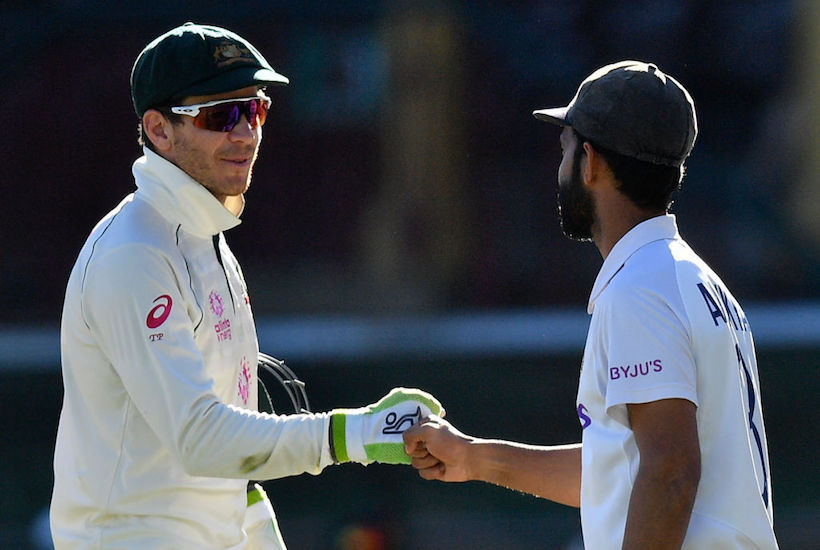
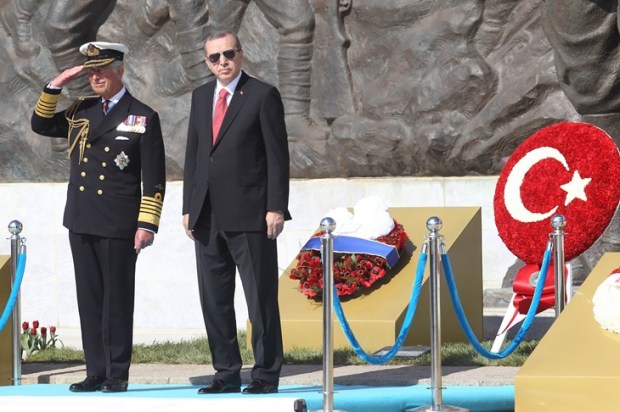

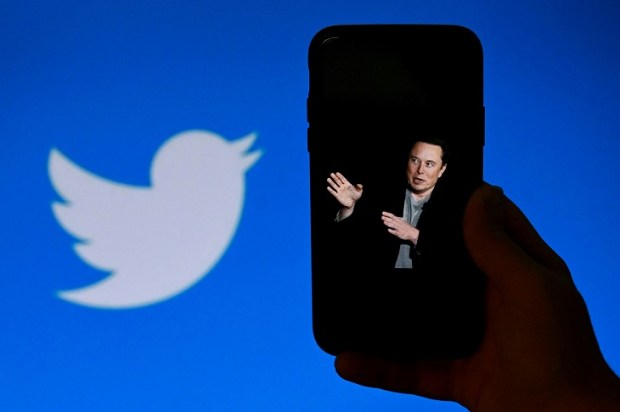
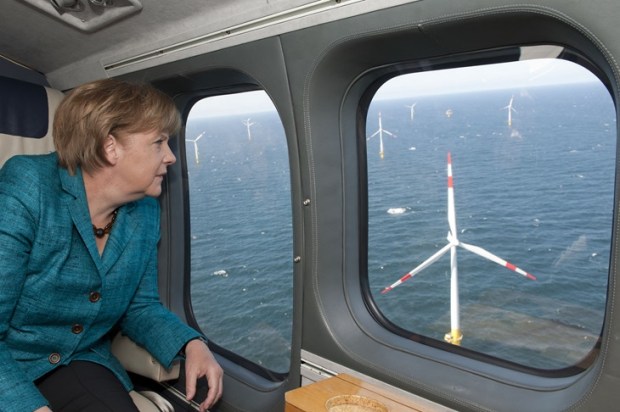

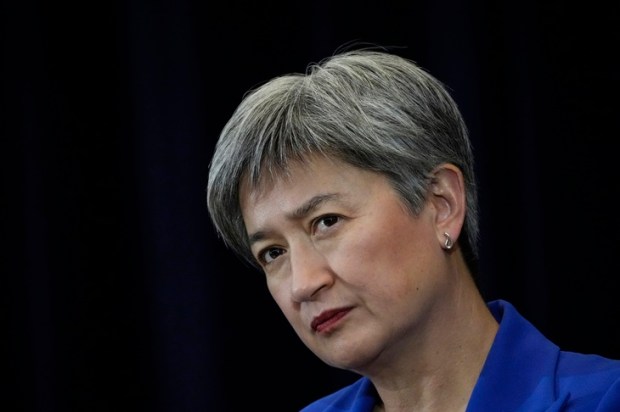






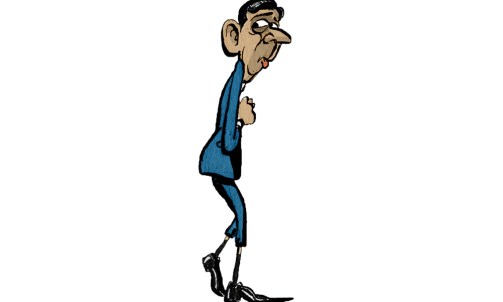
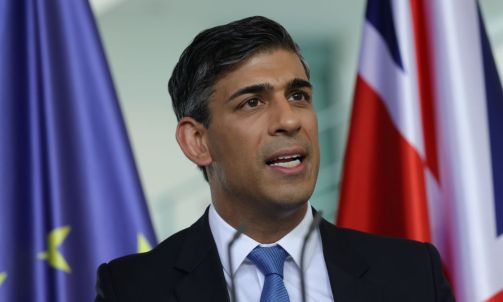



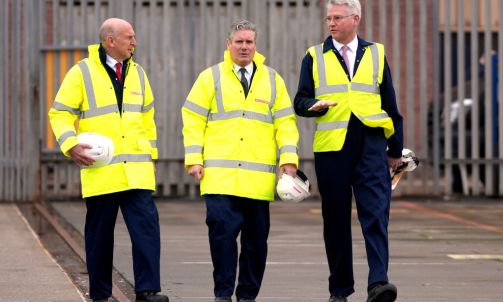






Comments
Don't miss out
Join the conversation with other Spectator Australia readers. Subscribe to leave a comment.
SUBSCRIBEAlready a subscriber? Log in